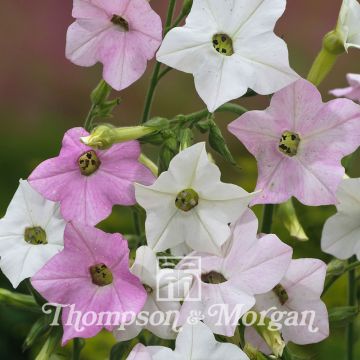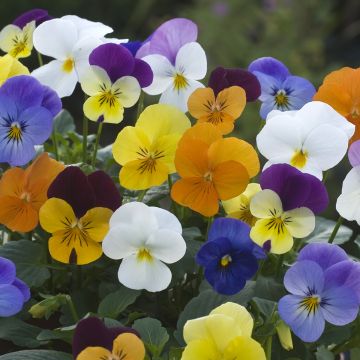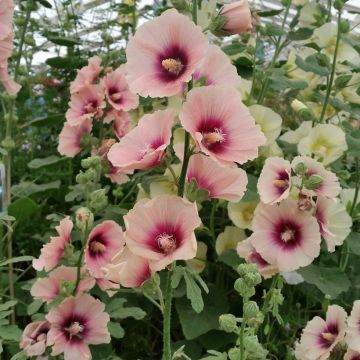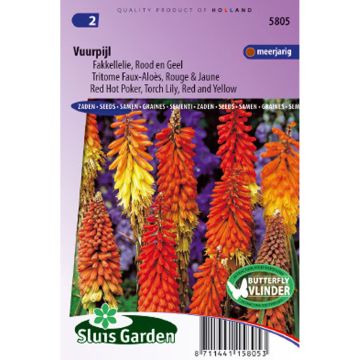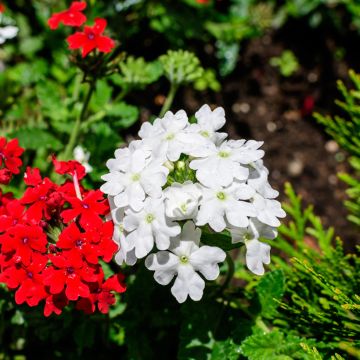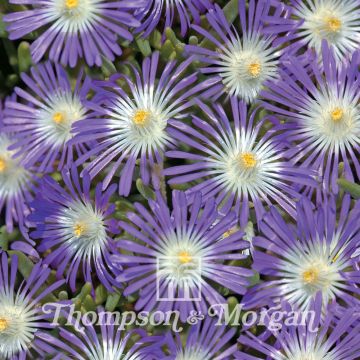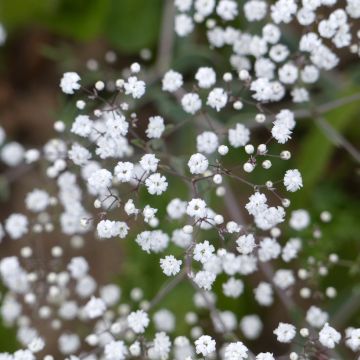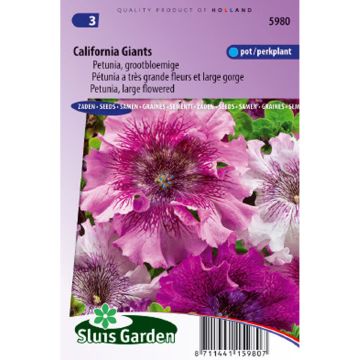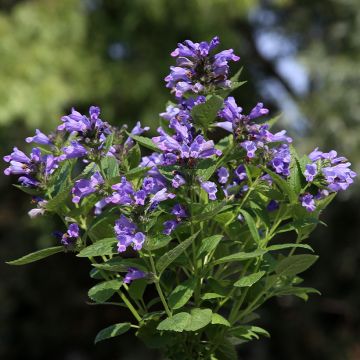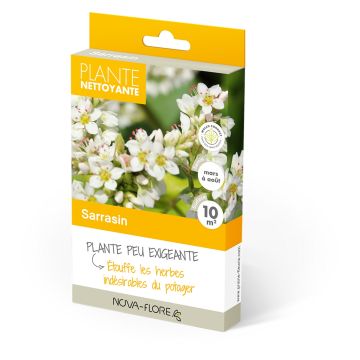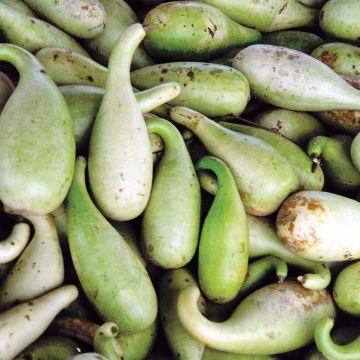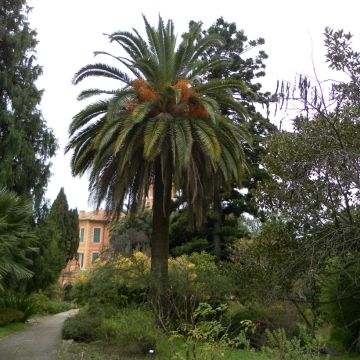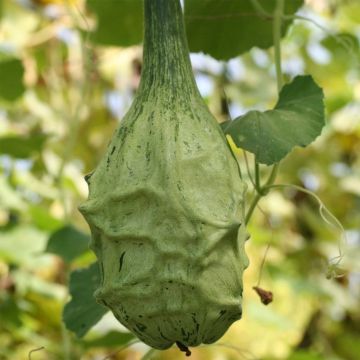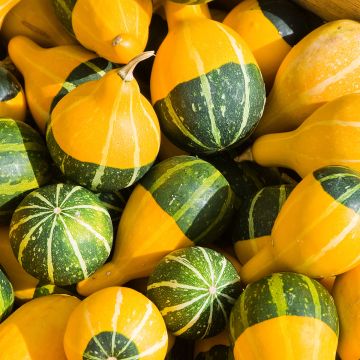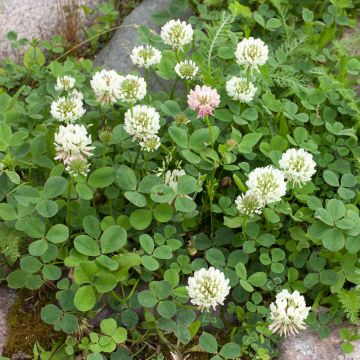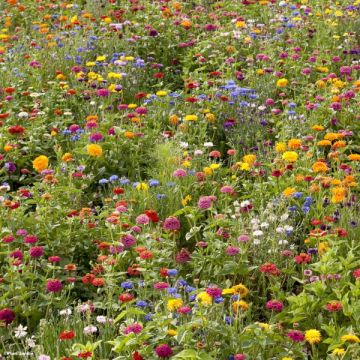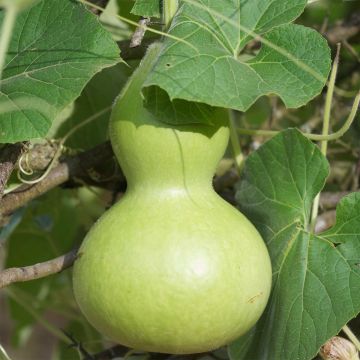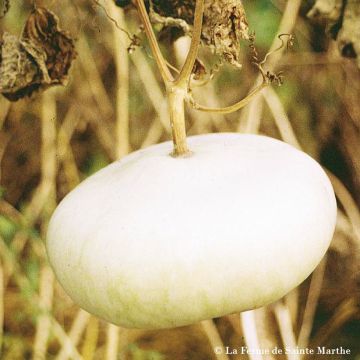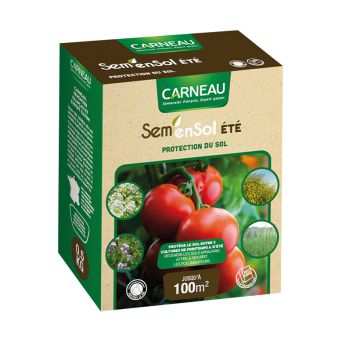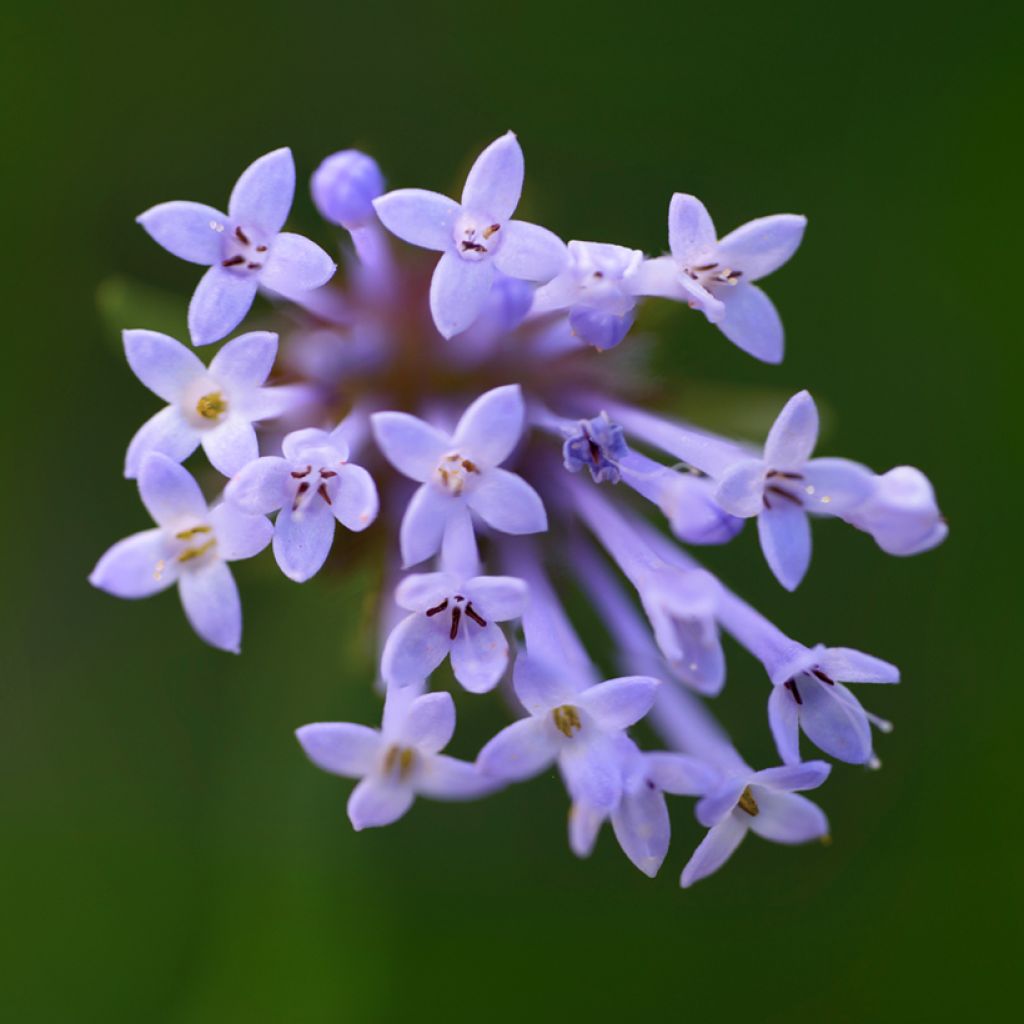

Asperula orientalis - Woodruff
Asperula orientalis - Woodruff
Asperula orientalis
Woodruff
This item cannot be shipped to the selected country
Dispatch by letter from €3.90
More information
Schedule delivery date,
and select date in basket
This plant carries a 6 months recovery warranty
More information
We guarantee the quality of our plants for a full growing cycle, and will replace at our expense any plant that fails to recover under normal climatic and planting conditions.
Seed-only orders are dispatched by sealed envelope. The delivery charge for seed-only orders is €3.90.
Does this plant fit my garden?
Set up your Plantfit profile →
Description
Asperula orientalis, or woodruff, much less known than its perennial cousin the sweet woodruff of our woodland, is a small annual plant that has many qualities. It blooms generously in summer, in the form of small clusters of lavender-coloured flowers, lightly scented and highly visited by pollinating insects. Versatile, charming, easy to grow in sunny or semi-shaded well-drained soil, it accompanies all the flowers in the garden or on the patio: perennials, roses, bushes, and potted plants. Sow the seeds from August to September in a warm tray for early summer flowering the following year, or sow directly in the ground in March-April, after the frost.
Asperula orientalis belongs to the family of Rubiaceae. This species is native to the Caucasus, Iran, Turkey, western Syria, and Iraq. It is an annual herbaceous plant with very rapid growth, whose life cycle does not exceed a few months. Woodruff forms a small clump of leafy stems that does not exceed 30 cm (12in) in height. Each stem, bears narrow and pointed leaves arranged in whorls, that are, inserted in collars all around the stem at regular intervals. Flowering takes place in summer, from June to September-October depending on the sowing date. It lasts for several weeks. At the end of each stem, an inflorescence in the form of an umbellate cluster is formed, composed of numerous small flowers with long tubes widening into 5 small lobes. Their colour is a soft blue-mauve, with a purple base of the tube. The scent of the flowers attracts bees and other butterflies. After pollination, seeds are formed which will easily germinate in light soils.
Woodruff is used like nigellas or verbena Buenos Aires, to enhance all the plants in the garden or on the patio. You can sow it in borders, in low perennial and bush beds, or in your large planters. It will also mix with rock garden plants such as cotton lavenders, tall sedums, wormwoods, and rockroses... This annual plant brings a touch of country charm to romantic settings, in the company of roses and peonies. In a naturalistic style garden, you will let it freely self-seed with Californian poppies among grasses, gauras, and echinaceas for example.
Report an error about the product description
Flowering
Foliage
Plant habit
Botanical data
Asperula
orientalis
Rubiaceae
Woodruff
Asperula azurea
Caucasus
Other Flower seeds A to Z
Planting and care
Sowing:
Sow from August to September to obtain early summer flowering the following year, or sow directly in the ground from March to April.
- Direct sowing in the ground:
Sow thinly, at a depth of 3 mm (0.2in), in small furrows spaced 30 cm (12in) apart. The soil should have been well prepared and refined with a rake. Regularly water the soil, especially during dry periods. When the seedlings are large enough to handle, thin out the sowing, leaving 15 cm (6in) of distance between each one.
- Indoor sowing:
Sow in pots or trays filled with slightly moist special seed compost, and cover the seeds with a thin layer of compost or vermiculite. After sowing, keep in a well-lit area as this promotes germination. Maintain a temperature between 15 and 20 °C. Keep the surface of the compost moist but not waterlogged (if necessary, spray generously). Germination generally takes between 14 and 21 days.
When they are large enough to handle, transplant the seedlings into individual pots or buckets measuring 7 cm (3in) on each side. Overwinter the young plants in cool conditions, protected from frost, before planting them the following spring.
Cultivation:
Woodruff is a plant that requires a sunny or semi-shaded exposure (in hot and dry climates). It adapts to most well-drained soils, even poor and limestone or sandy soils. A soil that remains slightly moist will support summer flowering.
Do not over-feed as this would result in excessive leaf development at the expense of flowers.
Sowing period
Intended location
This item has not been reviewed yet - be the first to leave a review about it.
Flower seeds
Haven't found what you were looking for?
Hardiness is the lowest winter temperature a plant can endure without suffering serious damage or even dying. However, hardiness is affected by location (a sheltered area, such as a patio), protection (winter cover) and soil type (hardiness is improved by well-drained soil).

Photo Sharing Terms & Conditions
In order to encourage gardeners to interact and share their experiences, Promesse de fleurs offers various media enabling content to be uploaded onto its Site - in particular via the ‘Photo sharing’ module.
The User agrees to refrain from:
- Posting any content that is illegal, prejudicial, insulting, racist, inciteful to hatred, revisionist, contrary to public decency, that infringes on privacy or on the privacy rights of third parties, in particular the publicity rights of persons and goods, intellectual property rights, or the right to privacy.
- Submitting content on behalf of a third party;
- Impersonate the identity of a third party and/or publish any personal information about a third party;
In general, the User undertakes to refrain from any unethical behaviour.
All Content (in particular text, comments, files, images, photos, videos, creative works, etc.), which may be subject to property or intellectual property rights, image or other private rights, shall remain the property of the User, subject to the limited rights granted by the terms of the licence granted by Promesse de fleurs as stated below. Users are at liberty to publish or not to publish such Content on the Site, notably via the ‘Photo Sharing’ facility, and accept that this Content shall be made public and freely accessible, notably on the Internet.
Users further acknowledge, undertake to have ,and guarantee that they hold all necessary rights and permissions to publish such material on the Site, in particular with regard to the legislation in force pertaining to any privacy, property, intellectual property, image, or contractual rights, or rights of any other nature. By publishing such Content on the Site, Users acknowledge accepting full liability as publishers of the Content within the meaning of the law, and grant Promesse de fleurs, free of charge, an inclusive, worldwide licence for the said Content for the entire duration of its publication, including all reproduction, representation, up/downloading, displaying, performing, transmission, and storage rights.
Users also grant permission for their name to be linked to the Content and accept that this link may not always be made available.
By engaging in posting material, Users consent to their Content becoming automatically accessible on the Internet, in particular on other sites and/or blogs and/or web pages of the Promesse de fleurs site, including in particular social pages and the Promesse de fleurs catalogue.
Users may secure the removal of entrusted content free of charge by issuing a simple request via our contact form.
The flowering period indicated on our website applies to countries and regions located in USDA zone 8 (France, the United Kingdom, Ireland, the Netherlands, etc.)
It will vary according to where you live:
- In zones 9 to 10 (Italy, Spain, Greece, etc.), flowering will occur about 2 to 4 weeks earlier.
- In zones 6 to 7 (Germany, Poland, Slovenia, and lower mountainous regions), flowering will be delayed by 2 to 3 weeks.
- In zone 5 (Central Europe, Scandinavia), blooming will be delayed by 3 to 5 weeks.
In temperate climates, pruning of spring-flowering shrubs (forsythia, spireas, etc.) should be done just after flowering.
Pruning of summer-flowering shrubs (Indian Lilac, Perovskia, etc.) can be done in winter or spring.
In cold regions as well as with frost-sensitive plants, avoid pruning too early when severe frosts may still occur.
The planting period indicated on our website applies to countries and regions located in USDA zone 8 (France, United Kingdom, Ireland, Netherlands).
It will vary according to where you live:
- In Mediterranean zones (Marseille, Madrid, Milan, etc.), autumn and winter are the best planting periods.
- In continental zones (Strasbourg, Munich, Vienna, etc.), delay planting by 2 to 3 weeks in spring and bring it forward by 2 to 4 weeks in autumn.
- In mountainous regions (the Alps, Pyrenees, Carpathians, etc.), it is best to plant in late spring (May-June) or late summer (August-September).
The harvesting period indicated on our website applies to countries and regions in USDA zone 8 (France, England, Ireland, the Netherlands).
In colder areas (Scandinavia, Poland, Austria...) fruit and vegetable harvests are likely to be delayed by 3-4 weeks.
In warmer areas (Italy, Spain, Greece, etc.), harvesting will probably take place earlier, depending on weather conditions.
The sowing periods indicated on our website apply to countries and regions within USDA Zone 8 (France, UK, Ireland, Netherlands).
In colder areas (Scandinavia, Poland, Austria...), delay any outdoor sowing by 3-4 weeks, or sow under glass.
In warmer climes (Italy, Spain, Greece, etc.), bring outdoor sowing forward by a few weeks.

































